Have you been hanging around our blog very long? If so, we are so glad you are here.
But if you haven’t, you may be wondering what this blog is all about. What is homesteading? Why is it such a ‘hip’ thing these days?
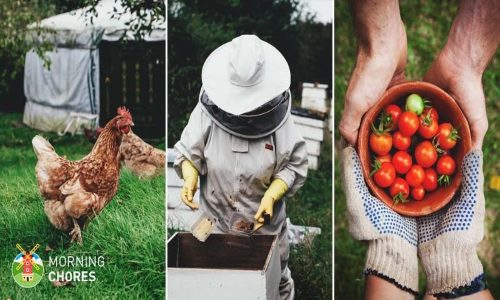
And who can actually homestead?
Well, I’m no genius. But I am a lady that homesteads, that has a solid opinion on what homesteading is and how basically anyone can do it.
So come along and learn what it means to really be a homesteader!
What Is Homesteading?
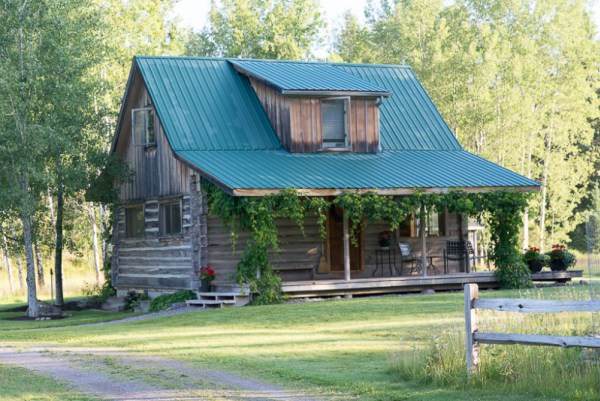
RELATED : HOW TO BUILD AN INDOOR HYDROPONIC VEGETABLE GARDEN
According to dictionary.com homesteading is “any dwelling with its land and buildings where a family makes its home.”
Sounds pretty simple, huh?
Well, in reality, when most people use the term ‘homestead’ in today’s times they are referring to a home where people are trying to be self-sustained.
But I like to combine both of those definitions when I think of homesteading. First of all (in my opinion) a homestead must be a home. There is no point in trying to make a homestead if it is some place you dread being.
Simply put, you’ll hate what you’re doing because you are dreaming of being somewhere else.
Now, this doesn’t mean that you can’t start a smaller homestead with a dream of a larger one, one day. But homesteading is all about attitude so you must have an attitude of gratitude when starting a homestead, or it’ll flop.
The second part of homesteading is a place where a family lives and works together. Homesteading will not look the same for everyone. Some people want to be totally off-grid and do their own thing in every way, while others really just want to save a little money by growing a garden and preserving some of their own food.
The reality is that homesteading can be multiple different things to multiple different people. But ultimately, if you have a home that feels like home (at least for right now), and you have a goal that you (or your family) is working towards in regards to being a little more self-sustained and little less dependent upon society, then you, my friend have a homestead… at least in my book!
4 Different Types of Homesteading
There are many different types of homesteading. You could have
- an apartment homestead,
- a smaller homestead,
- an urban homestead, or
- a large more traditional homestead.
Let’s begin discussing what each of these homesteads might look like:
Apartment Homesteading
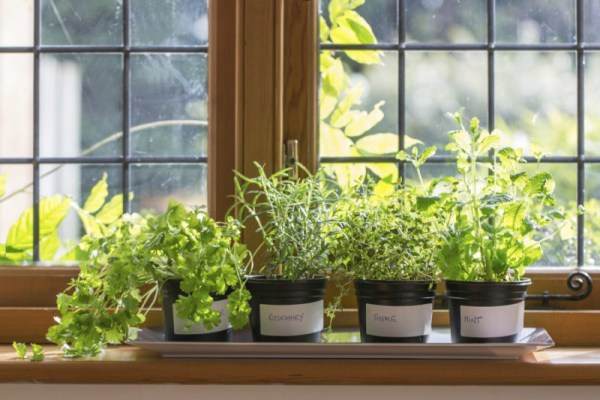
RELATED : HOW TO USE YOUR INDOOR VERMI-COMPOSTER
This might make you giggle when you envision what a traditional homestead looks like with lots of land and animals. Then you translate that over to an apartment.
But remember, homesteading is always about being totally self-sufficient. Sometimes people want to keep their modern lifestyle, but try to be a little smarter about things while doing so.
So if you would consider becoming an apartment homesteader, some things you might do are:
1. Grow a container garden
Yes, you can still grow some of your own plants in an apartment. What you’ll have to do instead of tilling ground (since most apartments don’t have that option) is plant whatever fruits and vegetables you want to grow in containers.
Then you can place them on your balcony and allow them to produce. You could even go so far as to put a small greenhouse on your balcony so you could grow things longer into the year.
2. Raise small livestock
You might think I’m nuts, but hear me out for just a second. You can raise 2 hens if you have the go ahead from the landlord and enough space on your balcony. Lots of people are actually raising chickens in apartment dwelling areas because they are a great way to acquire fresh eggs, but don’t need a ton of space.
Also, you could try raising a couple of rabbits. They don’t need a lot of space either and could help produce a lot of meat for you each year.
3. Preserve your own food
Whether you grow your own food or not, you can still preserve your own food. If you grow a container garden, you could easily store your harvest through canning or freezing practices.
However, let’s say that you can’t grow your own food. You can still go to a local grocer. When food is on sale, stock up and preserve it yourself.
Also, there have been some years that I’ve struggled with certain crops. I go to locally owned produce stands or local farms and buy crops from them very inexpensively and can them. That way my family still has what they need, and I’m not having to depend on the grocery store for it.
4. Grow a herb garden
Herb gardens take up very little space. They can be raised in your kitchen window for that matter.
So if you have a balcony or a sunny spot in your apartment, you could potentially grow fresh herbs which put you one step closer to self-sufficiency.
5. Participate in a community garden
I grew up in the city and it isn’t always easy to grow your own garden. The reason is because you don’t always have adequate space for containers, let alone actually having ground.
But a lot of communities are growing community gardens. You can participate in this garden, help finance it, and get to partake in the harvest as well.
6. Make as many pantry staples as possible
When I first started on the road to homesteading, I didn’t realize that is what I was doing at all. I thought I was just being frugal and looking to save some money. Making my own pantry staples was one of the first steps that I took.
So if you live in an apartment, you can do this as well. Instead of buying convenience foods, make them yourself. I purchased sugar and flour in bulk.
Then I would make my own pancake mixes, cookie mixes, etc. I made my own butter, buttermilk, sour cream. Basically, anything that I could make, I did.
RELATED : HOW TO GROW TOMATOES ANYWHERE, EVEN IN THE LOW DESERT
7. Cook from scratch
This was another one of my first steps to homesteading. I stopped purchasing convenience foods. Then I had to cook from scratch. It was less expensive, usually healthier, and tasted a lot better too.
So if you are in an apartment, cooking from scratch really doesn’t take that much longer and is something anyone can do regardless of the amount of space they have available to them.
Large and Small Scale Homesteading
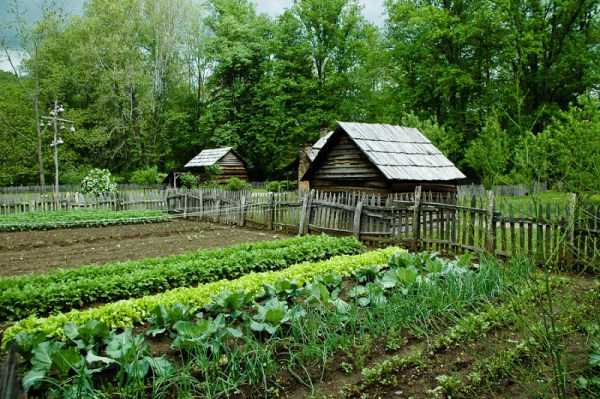
RELATED : NATURAL WEED CONTROL FOR A HEALTHY GARDEN
These are what you would consider typical homesteads. Most of these homesteads exist in more rural locations and the owners have 2+ acres to turn into their perfect homestead.
Now, I actually live on a small scale homestead currently. We have two acres and utilize it to grow a large garden, an orchard, a berry patch, grape vines, have 2 greenhouses, raise bees, raise rabbits, raise chickens and ducks, and goats. And we still have room left over.
The only downside to small-scale homesteading is that you have to purchase some of the food your animals need over the colder months. For instance, I don’t have enough room to grow all of the hay we need. If push came to shove, I could let the animals free range over the winter and gnaw on my grass.
But for convenience sake, I purchase hay from local farmers.
However, if you live on a larger homestead, you could be self-sufficient (like I am currently) but you could also have enough room to provide all of the food for your animals. Our house is currently on the market because we are looking to move to a larger scale homestead for this exact reason.
Larger scale homesteaders also have the large livestock sometimes too. Such as cows for their milk instead of what I do on a smaller scale, which is to raise goats for our milk.
So these are the locations that self-sufficiency can be achieved with no problem because of the amount of land and resources you have available.
Urban Homesteading
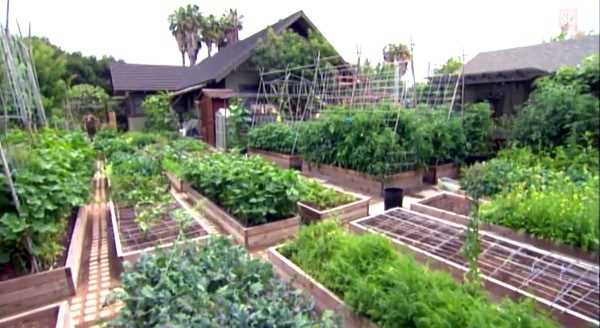
RELATED : HOW TO GROW POTATOES: EASY POTATO GROWING METHODS FOR ALL SITUATIONS
Urban homesteading is what got me into homesteading. When I was looking for all kinds of ways to save money, my husband kept showing me YouTube videos of all of these self-sufficient people that live in subdivisions.
That’s when it hit me. If they can grow all of their own food on a ¼ acre, why can’t I do the same on 2 acres?
So we did. And that is exactly what an urban homesteader does. They have smaller gardens to feed their families, a small flock of hens for fresh eggs, a few ducks for the same reason, and depending upon HOA regulations, some can even get by with having small livestock like rabbits and goats.
As you can tell, homesteading really is a state of mind. It doesn’t matter where you live. If you desire to be free from the consumerism way of thinking (even just a little) you can find a way to do it.
How to Homestead Right Where You Are
I’ve mentioned above how each type of homesteading varies. Hopefully, you could see yourself in one of these categories depending upon where you are living right now.
But if you are interested in being a homesteader, you need to think outside of the box. Begin asking yourself questions like: Could I save money on food? If so, how?
Could I grow food? If so, how? Could I raise an animal where I’m at? If so, how?
And every item or service that you purchase, begin asking yourself, could I do this myself? If so, how?
You’ll have to make up your mind that you want to do it yourself, but hopefully, the knowledge gained and the money saved will be enough to spur you on into that mindset.
Basic Steps to Starting a Small Homestead
So you’ve read the article and think you can homestead (in some fashion). Now what?
Well, you develop a game plan. After you ask yourself all of the questions on things you could learn to do, plants you could grow, animals you could raise, etc. you need to list them out in priority level.
Once you have a list of things you’d like to accomplish, begin knocking things off the list. Don’t go overboard or you’ll burn out…quickly.
However, you can take it one step at a time. You’ll be surprised how quickly it can all come together.
Then when you feel you have the first step down, move on to the next step. Don’t get frustrated if things don’t go as smoothly as you’d planned. It is all part of the learning curve.
But gaining knowledge along the way is worth all of the mistakes made.
In my own opinion, I would start with growing something. Once you’ve mastered growing a plant, then you can focus on preserving that harvest. I would leave animals until a little later on because if you kill a plant while in the beginning stages, it doesn’t hurt like accidentally killing an animal because of the learning curve.
But I want to hear your thoughts. What is homesteading to you? Which category of homesteading are you in right now? Is there another type of homesteading out there not mentioned in this article?
We love hearing from you all so please leave us your comments in the space below.
Source : morningchores.com
Our grandfathers had more knowledge than any of us today and thrived even when modern conveniences were not available. They were able to produce and store their food for long periods of time. The Lost Ways is the most comprehensive book available. All the knowledge our grandfathers had, in one place.Here’s just a glimpse of what you’ll find in the book: Table Of Contents:
Making Your Own Beverages: Beer to Stronger Stuff
Ginger Beer: Making Soda the Old Fashioned Way
How North American Indians and Early Pioneers Made Pemmican
Spycraft: Military Correspondence During The 1700’s to 1900’s
Wild West Guns for SHTF and a Guide to Rolling Your Own Ammo
How Our Forefathers Built Their Sawmills, Grain Mills,and Stamping Mills
How Our Ancestors Made Herbal Poultice to Heal Their Wounds
What Our Ancestors Were Foraging For? or How to Wildcraft Your Table
How Our Ancestors Navigated Without Using a GPS System
How Our Forefathers Made Knives
How Our Forefathers Made Snow shoes for Survival
How North California Native Americans Built Their Semi-subterranean Roundhouses
Our Ancestors’Guide to Root Cellars
Good Old Fashioned Cooking on an Open Flame
Learning from Our Ancestors How to Preserve Water
Learning from Our Ancestors How to Take Care of Our Hygiene When There Isn’t Anything to Buy
How and Why I Prefer to Make Soap with Modern Ingredients
Temporarily Installing a Wood-Burning Stove during Emergencies
Making Traditional and Survival Bark Bread…….
Trapping in Winter for Beaver and Muskrat Just like Our Forefathers Did
How to Make a Smokehouse and Smoke Fish
Survival Lessons From The Donner Party
Get your paperback copy HERE

